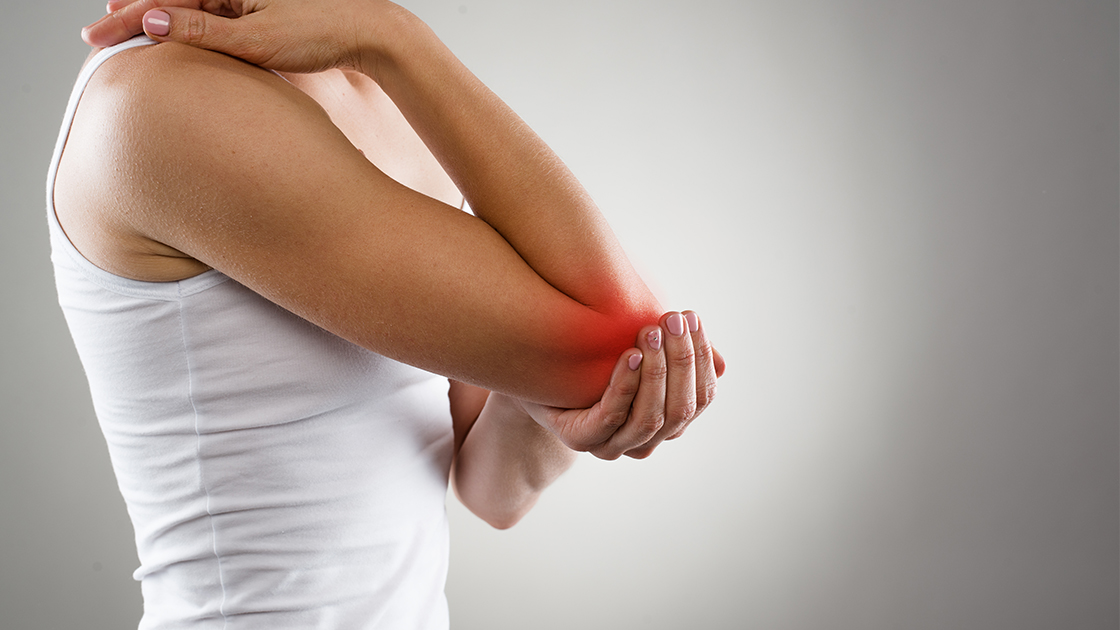Page Contents
Arthritis is not confined to a specific age group or demographic. However, certain factors increase the likelihood of developing arthritis. Aging is a significant contributor, with osteoarthritis—the most common form of arthritis—often occurring in individuals over the age of 65. Additionally, genetics, joint injuries, and obesity can elevate the risk of arthritis. Rheumatoid arthritis, another prevalent form, is an autoimmune disorder that can affect individuals of any age.
Why Laser Therapy is the Optimal Solution for Chronic Pain
- Non-Invasive Nature
Laser therapy is a non-invasive approach to arthritis relief, making it an optimal solution for those seeking comfort without the risks associated with surgery. The focused light energy penetrates the skin without the need for incisions, providing a gentler alternative to invasive treatments.
- Reduction in Pain Medication Dependency
Chronic pain often leads to a reliance on pain medications, which may have undesirable side effects and can contribute to long-term health issues. Laser therapy offers a drug-free solution, reducing the need for pain medications and addressing the root causes of arthritis symptoms.
- Precision in Targeting Pain Points
Laser therapy provides precise targeting of pain points associated with arthritis. The concentrated light energy penetrates deep into tissues, stimulating cellular activity and promoting the body’s natural healing processes. This precision ensures that the therapy addresses specific areas of discomfort, offering targeted relief.
- Minimal Side Effects
Compared to traditional treatments and medications, laser therapy is associated with minimal side effects. The non-invasive nature of the procedure contributes to a lower risk of complications, making it a safer option for individuals seeking arthritis relief without compromising their overall well-being.
How Laser Therapy Treats Arthritis
Laser therapy, also known as low-level laser therapy (LLLT), operates on the principle of photobiomodulation. The application of low-level laser light stimulates cellular activity in the targeted tissues. This stimulation enhances the production of ATP (adenosine triphosphate), the energy currency of cells, promoting tissue repair and reducing inflammation.
- Reduction in Inflammation
Inflammation is a hallmark of arthritis and a significant contributor to pain and joint damage. Laser therapy effectively reduces inflammation by modulating the inflammatory response at the cellular level. This anti-inflammatory effect provides relief from swelling and pain associated with arthritis.
- Stimulation of Cellular Repair
Arthritis involves the degeneration of joint tissues, leading to pain and functional impairment. Laser therapy stimulates cellular repair and regeneration, promoting the healing of damaged tissues. This not only addresses the symptoms of arthritis but also contributes to long-term improvements in joint health.
- Improvement in Blood Circulation
Laser therapy enhances blood circulation in the treated areas. Improved blood flow ensures the efficient delivery of oxygen and nutrients to the affected joints, fostering a more robust healing environment. The increased circulation also helps remove waste products, further supporting the overall health of the joints.
Embracing Comfort
Arthritis may cast a long shadow of discomfort, but laser therapy shines as a beacon of relief and comfort for those grappling with chronic pain. The non-invasive nature, precision in targeting pain points, and the mechanisms of reducing inflammation and stimulating cellular repair make laser therapy an optimal solution for arthritis relief. If you or someone you know is seeking comfort from the persistent grip of arthritis, exploring the possibilities of laser therapy could be the key to a life unhindered by chronic pain, ushering in a new era of comfort and well-being.
